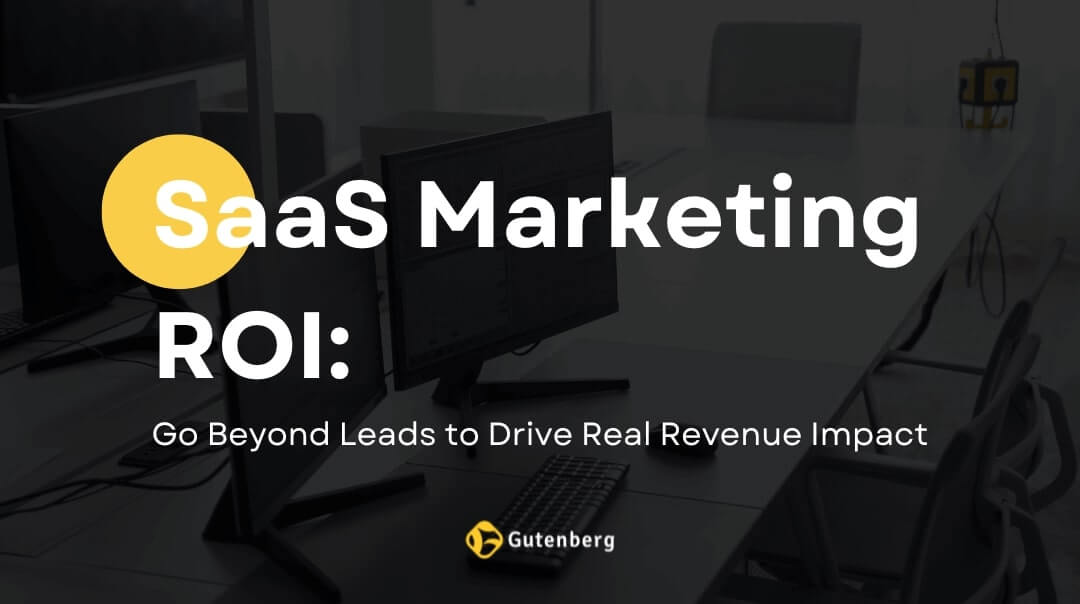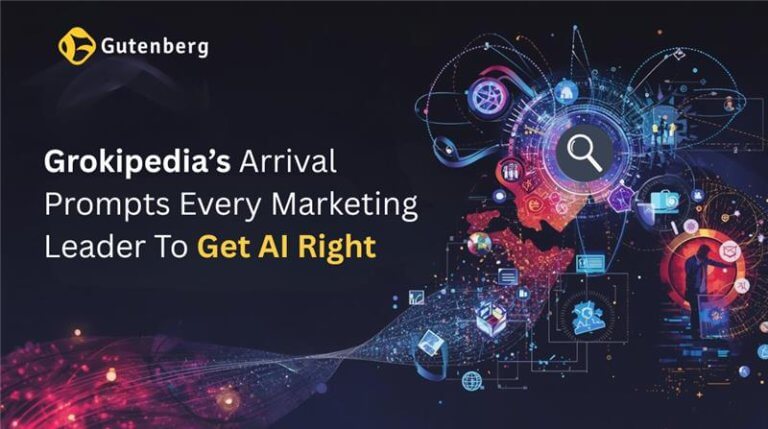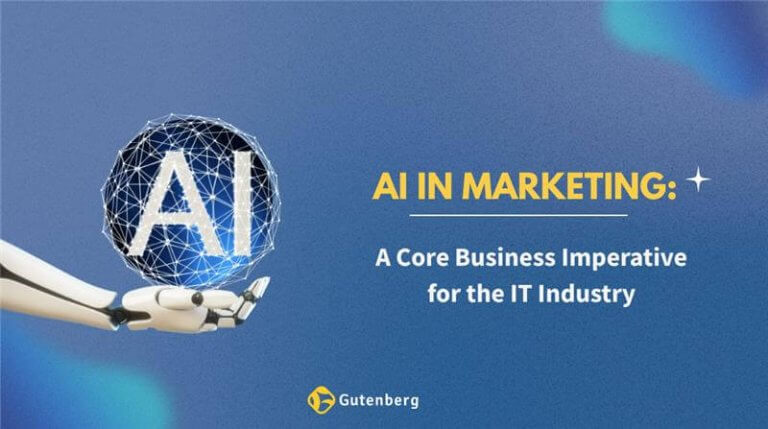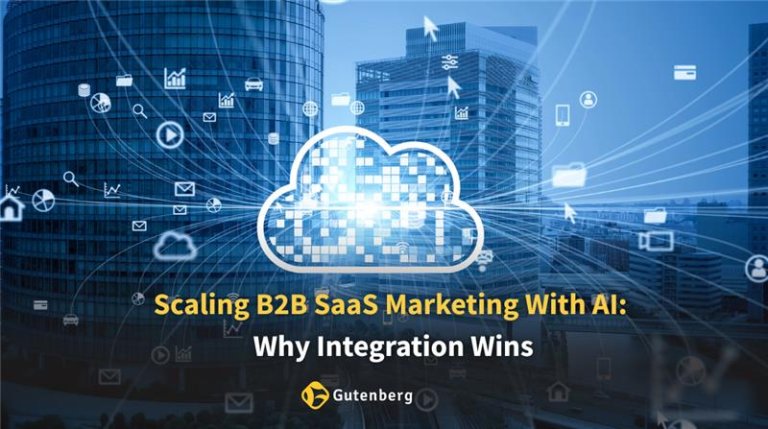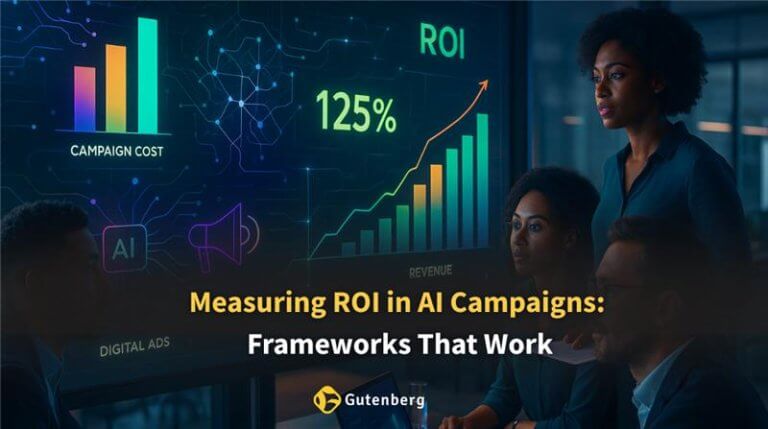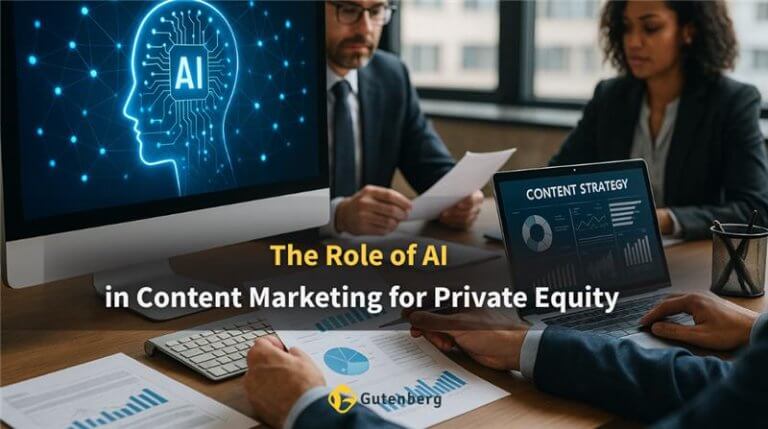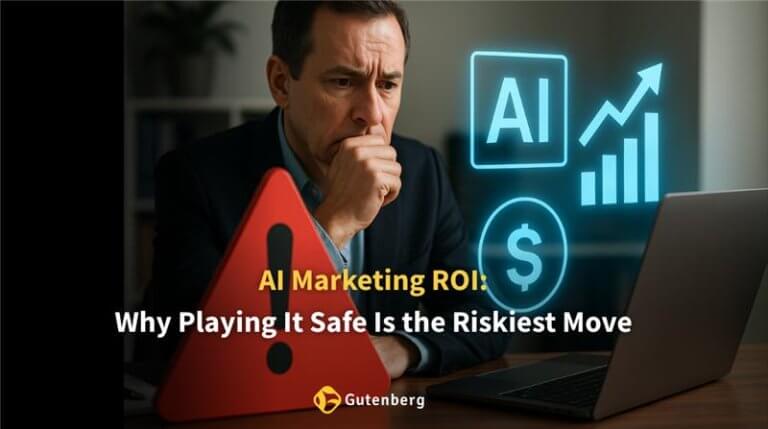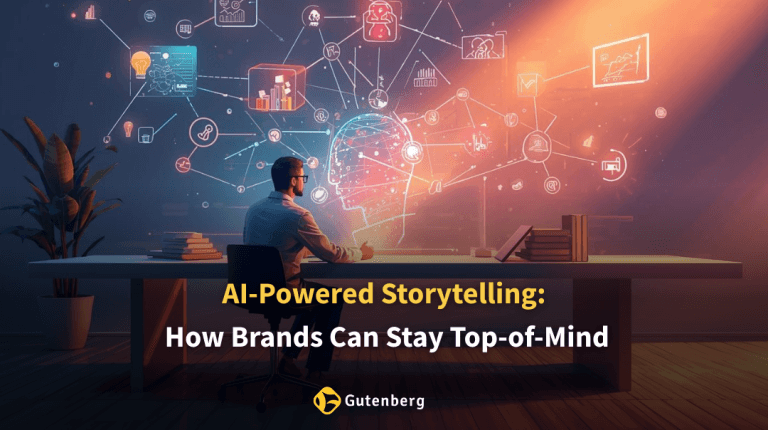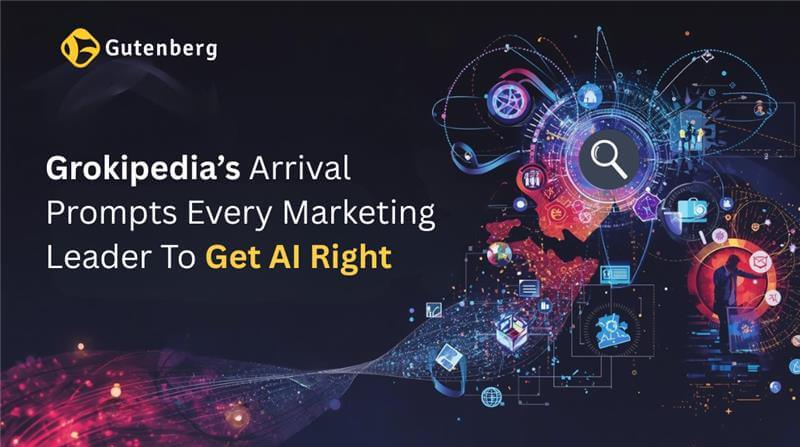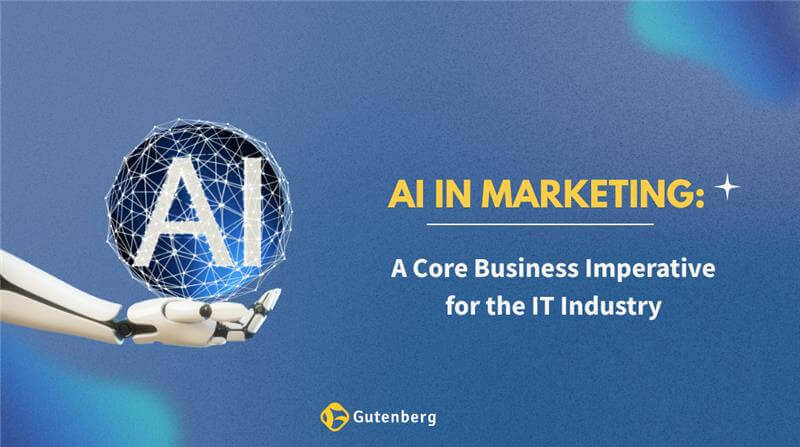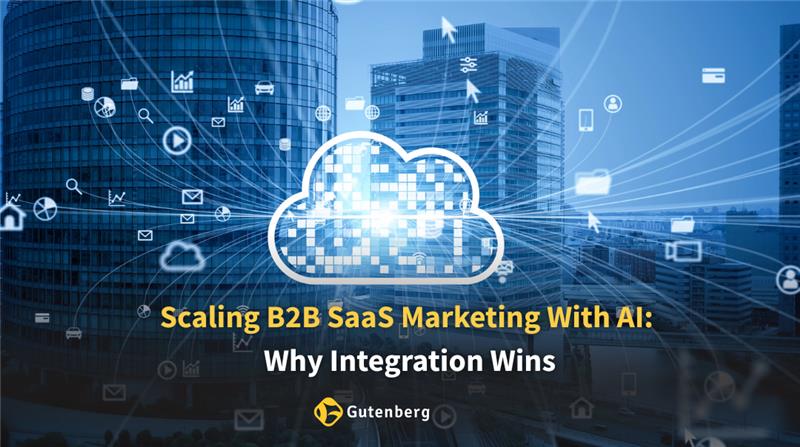SaaS Marketing ROI: Go Beyond Leads to Drive Real Revenue
SaaS businesses are no longer evaluating marketing success based solely on lead volumes. With longer sales cycles, account-based strategies, and recurring revenue models, leads are just one part of a more complex picture. What marketing teams really need is visibility into how their work drives revenue over time.
This blog explores how businesses can measure SaaS marketing ROI beyond lead generation. It breaks down why legacy metrics fall short, how tools like AI-driven marketing analytics and predictive revenue modeling help, and how to align efforts with key business outcomes like customer lifetime value (CLTV). We also highlight how marketing automation in SaaS supports this transition, and how Gutenberg supports brands in putting this approach into action.
Why Leads Alone Can’t Define Marketing’s Value
For years, leads have been the most visible way to track marketing’s contribution. But the reality is, leads don’t always translate to paying customers. Especially in SaaS, where nurturing, renewals, and expansion are just as critical, a broader view is essential.
Marketing teams that continue to rely only on lead metrics often fail to capture the true business impact of their efforts. Here’s what they might be missing.
Revenue Attribution Remains Incomplete
Many SaaS companies still rely on last-touch attribution, which fails to capture the full journey. When the credit goes solely to the final action before conversion, upper-funnel activities like brand awareness, education, and early-stage nurturing are undervalued. This skews future investment decisions and weakens long-term strategy.
Leads Don’t Equal Quality Opportunities
According to a study, only 13% of generated leads convert into opportunities. Without analyzing what happens after a lead is captured, marketing teams risk flooding the pipeline with poor-fit prospects.
Volume may look good on reports, but it rarely reflects real pipeline movement or closed revenue. Measuring SaaS marketing ROI requires linking campaigns to both quality and conversion potential.
Short-Term Focus Undermines Lifetime Value
Campaigns focused on one-time conversions overlook retention and upsell opportunities. In SaaS, where a majority of revenue can come from renewals and expansion, ignoring lifetime metrics undercuts total impact.
This is where customer lifetime value (CLTV) becomes an important metric. Marketing’s job doesn’t end at acquisition. It extends through the full journey of the customer.
Key Metrics That Truly Reflect Marketing’s Revenue Impact
As SaaS companies shift toward revenue alignment, traditional lead metrics must be replaced or augmented with deeper insights. This involves tracking contribution across the entire funnel, not just the top of it.
The right metrics don’t just show activity. They connect performance to profitability.
Customer Lifetime Value (CLTV)
CLTV calculates the total revenue a business expects from a customer over their entire engagement period. It factors in upsells, renewals, and churn probability.
This metric is critical for SaaS, where long-term relationships determine profitability. A report found that businesses tracking CLTV in their marketing strategies grew 25% faster than those that didn’t.
Marketing-Sourced Pipeline and Revenue
Measuring what percentage of the sales pipeline and closed deals come directly from marketing campaigns offers clear insight into actual revenue contribution.
This metric encourages closer collaboration between marketing and sales. It also ensures teams are aligned on what qualifies as meaningful outcomes, not just MQLs.
Campaign-Level ROI
By analyzing campaign performance based on revenue generated, not just CTRs or downloads, marketers get a real picture of what drives value.
This is where AI-driven marketing analytics platforms add value. They provide real-time visibility into which channels, messages, and audiences are influencing revenue, not just traffic.
The Role of Predictive and AI-Powered Tools
Capturing long-term impact requires forward-looking models that can help marketing teams anticipate and act, not just analyze what happened.
Emerging tools are helping teams shift from reactive to proactive strategy, providing better foresight and smarter planning.
Predictive Revenue Modeling
Predictive revenue modeling helps marketing teams forecast how current and future campaigns might affect sales outcomes.
According to Gartner, by 2027, businesses will adopt smaller, task-specific AI models, with their usage expected to be at least three times higher than that of general-purpose large language models (LLMs). These models analyze past campaign data and customer behavior to estimate outcomes like conversion probability, deal velocity, and customer retention.
AI-Driven Marketing Analytics
AI-driven marketing analytics tools such as Salesforce Einstein or Adobe Sensei provide campaign insights far beyond traditional dashboards.
They identify patterns across vast data sets, predict future engagement, and allow faster optimization. For SaaS businesses, these tools help evaluate performance across complex, multi-touch journeys.
Automated Multi-Touch Attribution
Multi-touch attribution has been difficult to scale manually. But with AI and automation, it’s now possible to see the true influence of each interaction.
Modern tools can map out all touchpoints across the funnel, from ad views to nurture emails, enabling marketing teams to see how different efforts collectively contribute to revenue.
Marketing Automation in SaaS: Enabling Smarter Execution
Marketing automation in SaaS doesn’t just save time. It ensures every touchpoint is purposeful and measurable. It’s a vital piece in connecting strategy to revenue.
Here’s how automation helps link execution to outcomes more directly.
- Behavior-Based Nurturing at Scale: Automation tools allow teams to trigger relevant messages based on customer behavior, not just static workflows. This boosts engagement and keeps prospects progressing through the funnel with less manual effort.
- Better Reporting and Forecasting: Automated platforms allow marketers to easily pull data on channel performance, campaign ROI, and SaaS marketing ROI at any point in time.
- Retention and Post-Sale Engagement: Beyond acquisition, automation is key in keeping customers informed, engaged, and loyal.
Email sequences, product tips, feature updates, and renewal reminders can all be scheduled automatically to support customer lifetime value (CLTV).
How Gutenberg Helps SaaS Companies Measure What Matters
Gutenberg works closely with SaaS brands to help shift the focus from vanity metrics to real, revenue-impacting results. The team brings strategic thinking and performance alignment to every stage of marketing, from planning to execution.
With deep expertise in AI-driven marketing analytics, predictive revenue modeling, and marketing automation in SaaS, Gutenberg helps clients:
- Identify high-impact channels and audiences: Use analytics to focus efforts where they matter most.
- Set up systems for accurate revenue attribution: Establish clarity across touchpoints and track true ROI.
- Build end-to-end funnels that support customer retention and upsell: Create long-term engagement strategies.
- Track and grow SaaS marketing ROI across the full customer lifecycle: Align marketing with measurable business growth.
For SaaS businesses looking to align marketing with revenue goals, Gutenberg brings the structure and insight to make that shift achievable.
As SaaS companies grow more focused on sustainable revenue, it’s time for marketing teams to rethink how success is measured. Lead volume alone is no longer an accurate reflection of value. Instead, the focus must move toward the metrics that connect strategy to actual revenue outcomes.
By adopting tools like AI-driven marketing analytics, tracking customer lifetime value (CLTV), applying predictive revenue modeling, and integrating marketing automation in SaaS, marketing teams can prove and improve their impact.
Those that succeed in this shift won’t just generate more leads. They’ll contribute directly to long-term growth and profitability.

